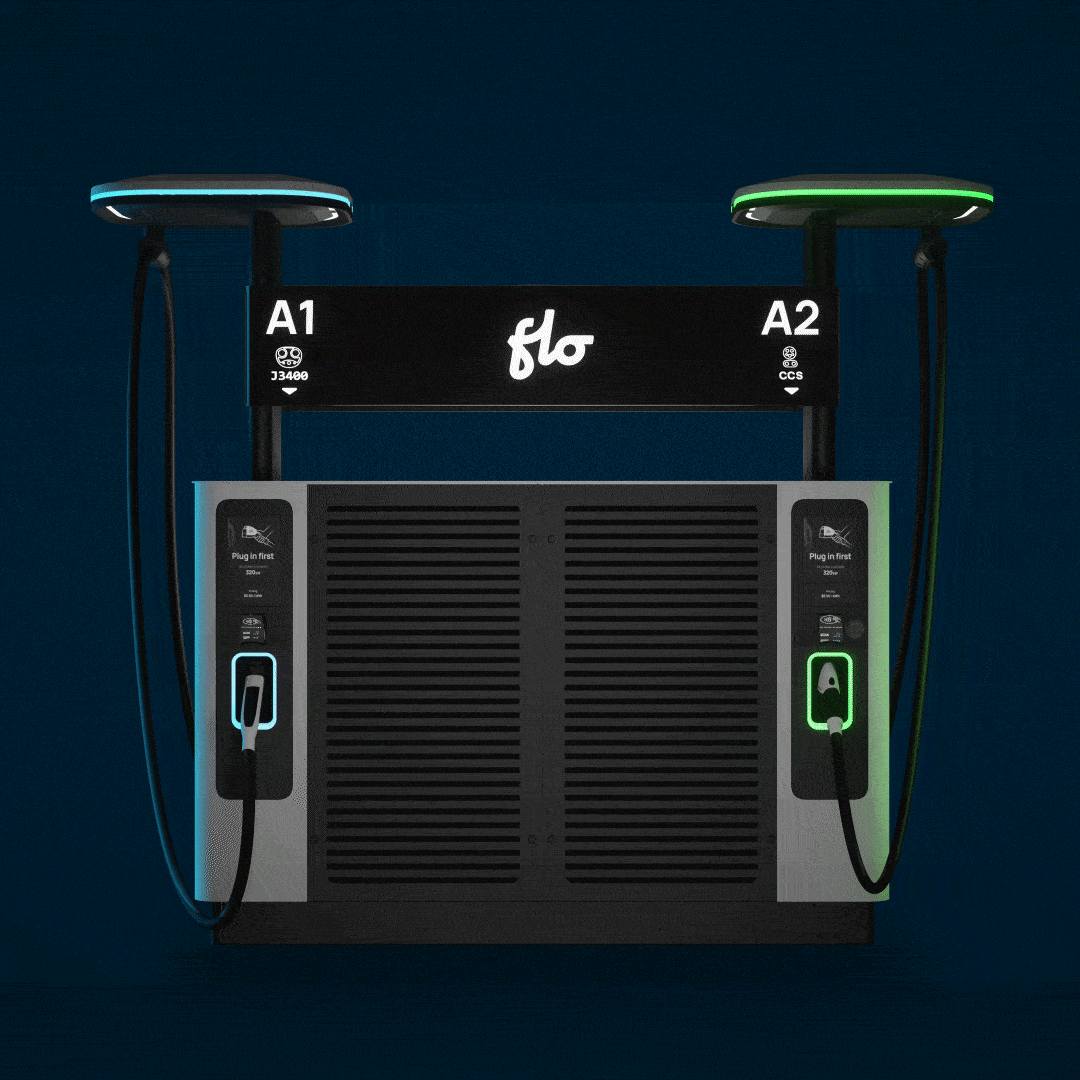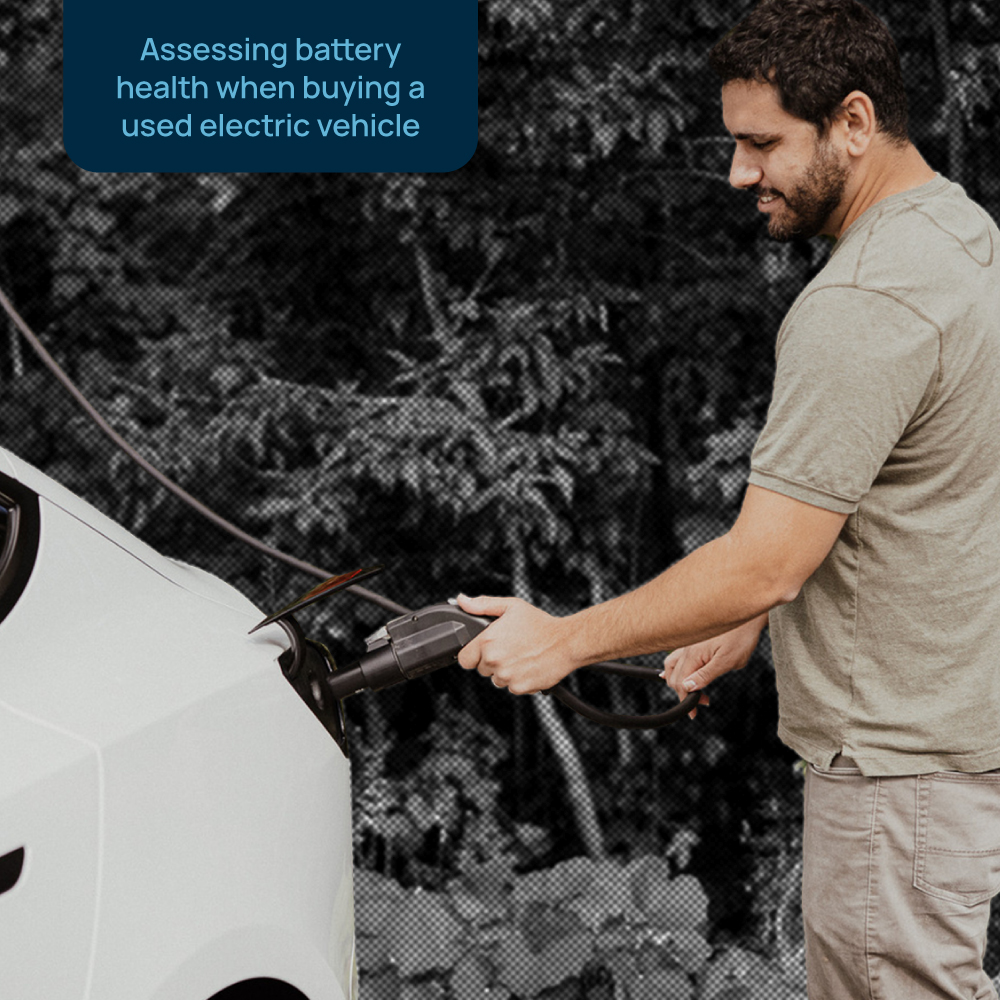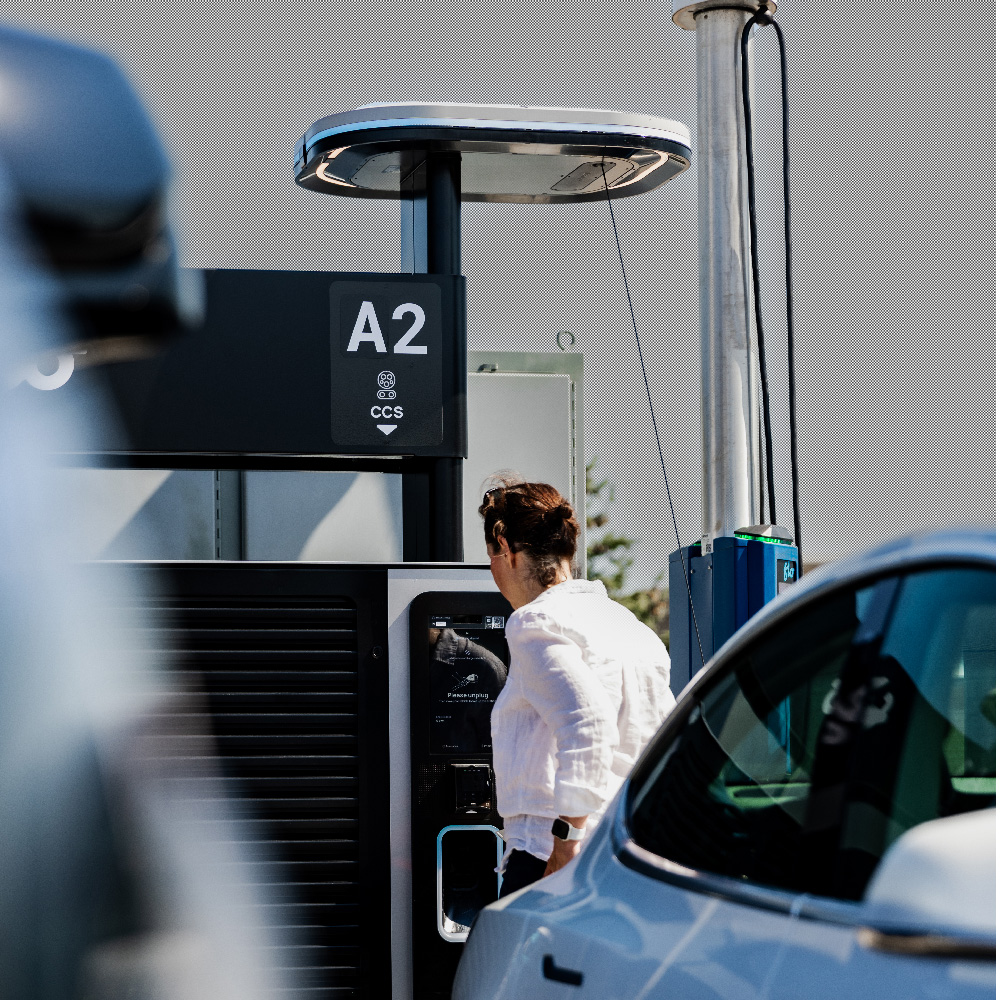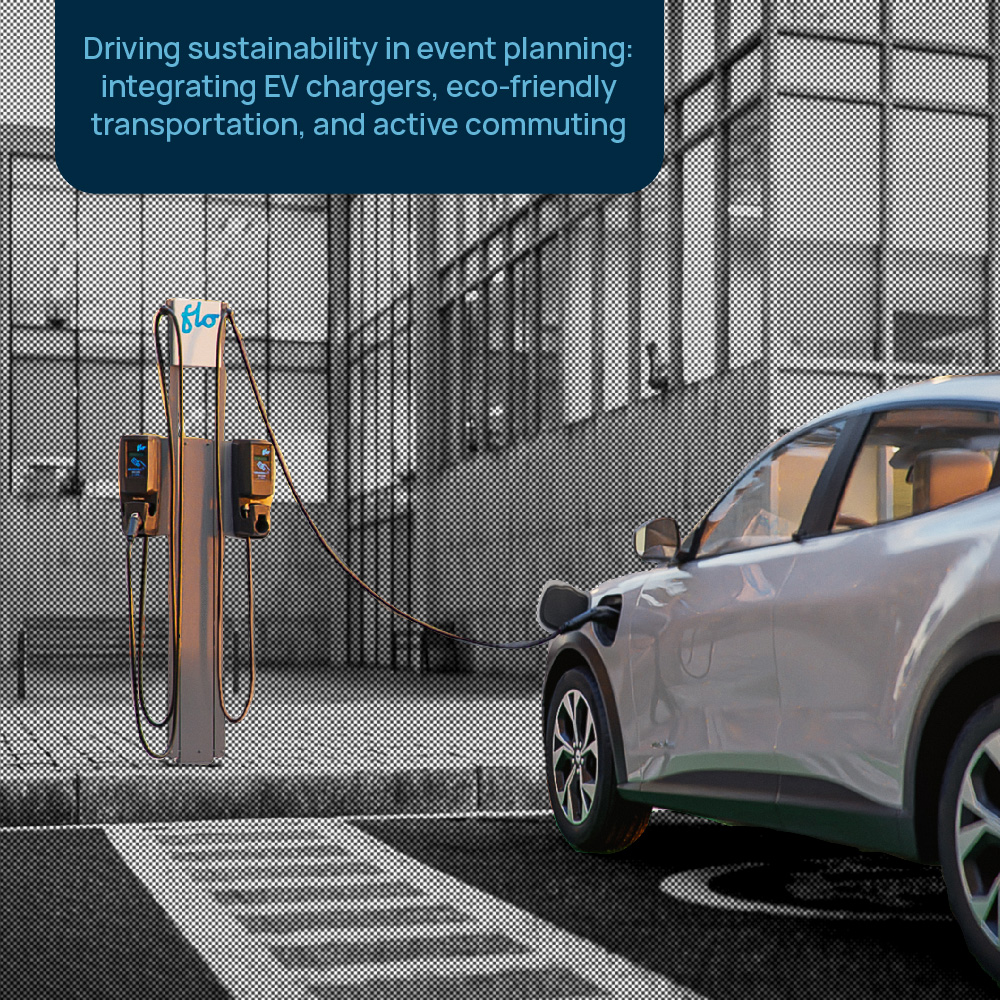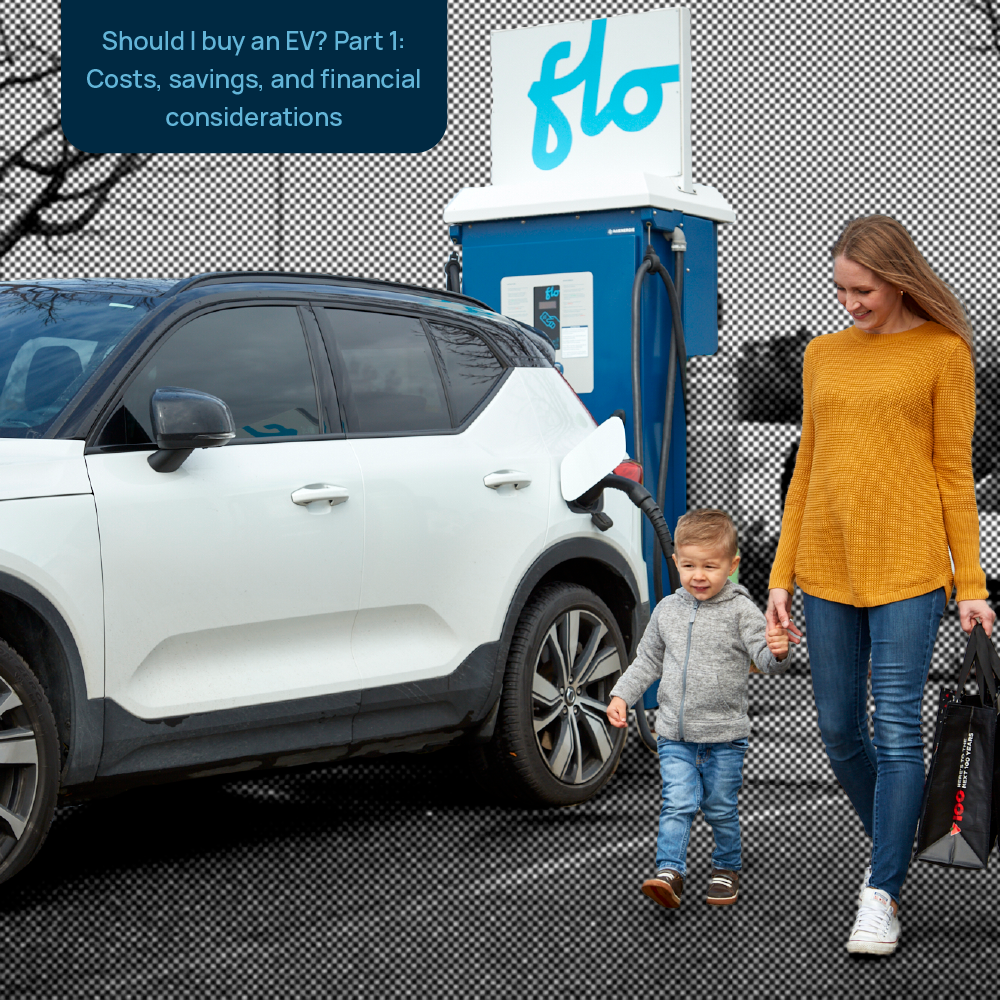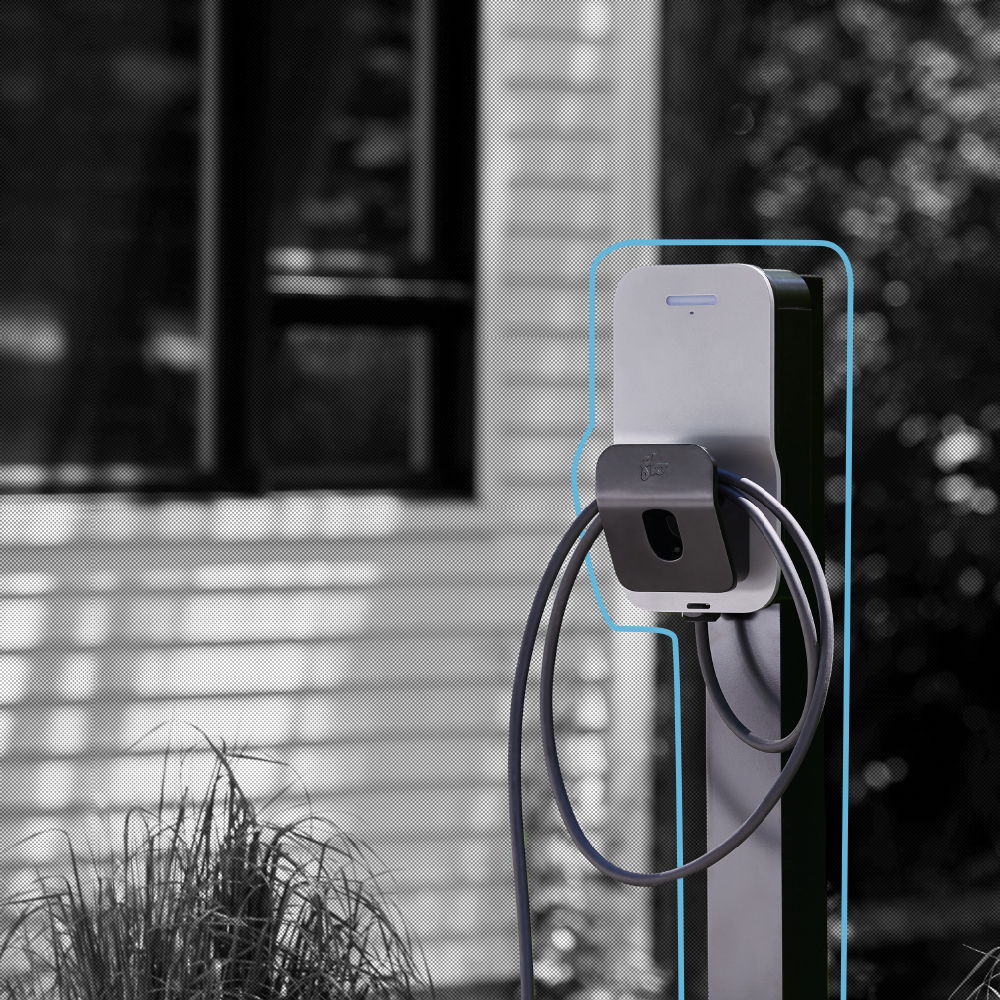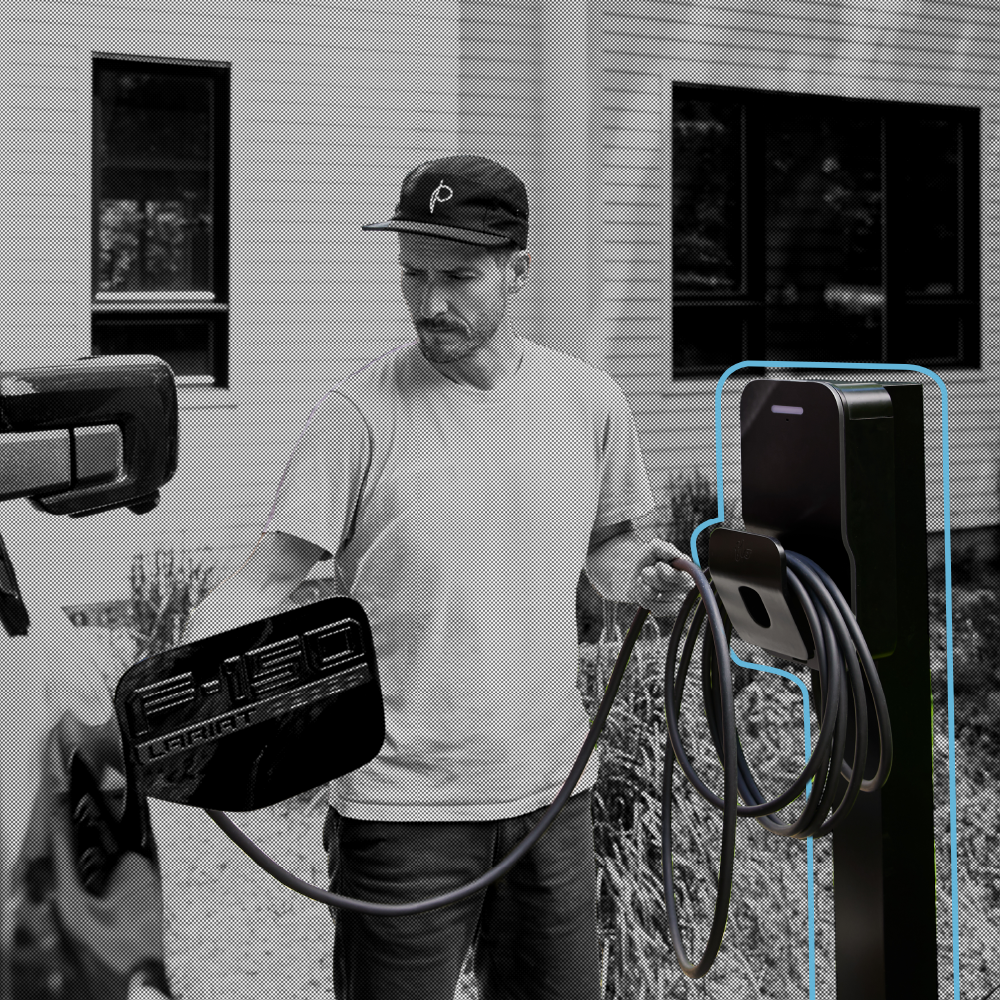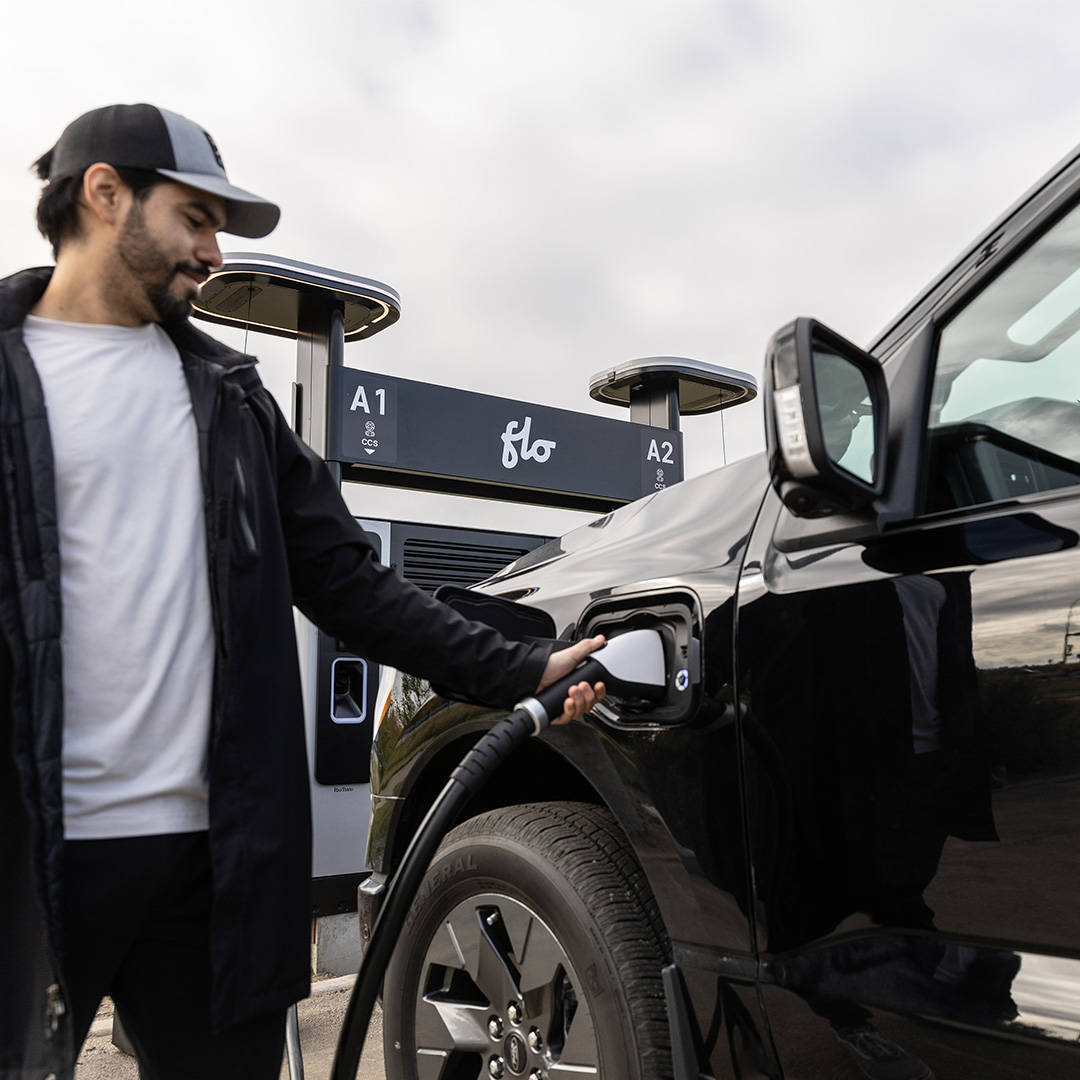Assessing Battery Health When Buying a Used Electric Vehicle
The surge toward achieving net-zero emissions has propelled the Electric Vehicle (EV) market, leading to a thriving market for used EVs. A recent study conducted by Kelley Blue Book reveals a 32% increase in sales of used electric vehicles during the initial three months of 2023 in the United States. However, purchasing a used EV requires careful consideration, particularly when it comes to assessing the health of its battery.
In this guide, we’ll delve into the essential factors to consider when evaluating battery health in a used electric vehicle. From understanding state of health to examining charging behaviors and warranty coverage, we’ll equip you with the knowledge needed to make an informed decision
Understanding EV Battery Health
The battery pack in an electric vehicle is its most critical component, providing the energy required for propulsion. While early concerns over catastrophic battery degradation in EVs have been largely found unfounded with large scale battery health studies, it’s totally reasonable to want to understand the health and range of a new (to you) used EV. Over time, any battery’s capacity and performance may degrade due to factors such as age, usage patterns, and environmental conditions. Assessing battery health involves evaluating several key parameters such as:
- State of Health (SoH): The State of Health indicates the remaining capacity of the battery compared to its original capacity when new. It is typically expressed as a percentage, with a higher SoH indicating better battery health. Various diagnostic tools and software can provide insights into the battery’s SoH, and several dealerships offer this service too, helping buyers gauge its overall condition.
- Range Estimation: The advertised range of an electric vehicle may vary depending on factors such as driving conditions, temperature, and battery health. During a test drive, pay attention to the vehicle’s actual range compared to its advertised range. Significant deviations could signal battery degradation.
Read more: The Ultimate EV Charging Glossary for New Drivers
Different Factors Can Affect the Battery Health
Several factors can influence the health and longevity of an electric vehicle’s battery:
- Charging Behavior: The previous owner’s charging habits can influence the battery health. Ideally, the previous owner should have followed recommended charging practices to preserve battery life.
- Hot Temperature Exposure: Extreme hot temperatures can impact battery performance and longevity. Prolonged exposure to high temperatures can accelerate degradation. Consider the climate and storage conditions in which the vehicle was operated to assess its potential impact on battery health. On the other side, cold temperatures do not tend to directly affect battery degradation; however, they can reduce the vehicle’s actual range (during cold weather) because more energy is consumed. This temporary decrease in range is due to increased energy usage by the vehicle, rather than impacting the overall lifespan of the battery.
- Maintenance and Care: Proper maintenance and care are essential to maximize battery life. Regular servicing, including software updates and battery checks, can help identify potential issues early and prevent premature degradation. Review the vehicle’s maintenance records to ensure that it has been well maintained.
Battery Warranty
Many electric vehicles come with warranties specifically covering the battery pack. When purchasing a used EV, it’s essential to consider the remaining warranty coverage and any transferability options:
- Battery Warranty Coverage: Check the manufacturer’s warranty coverage for the battery pack, including the duration and mileage limits. Some manufacturers offer extended warranties for the battery, providing added protection against unexpected failures or defects. You might also want to consider your annual mileage and estimate the remaining years of your car warranty.
- Transferability: Determine whether the battery warranty is transferable to you as the new owner. Some manufacturers allow the warranty to be transferred, providing assurance that you’ll be covered in case of battery-related issues. If you are working with a dealership, this is a great question to confirm.
Read more: Do EV Drivers Charge More in the Cold?
Diagnostic Tools and Software
Advancements in diagnostic tools and software have made it easier to assess battery health in electric vehicles. Here are some tools and methods commonly used:
- Onboard Diagnostics: Many electric vehicles come equipped with onboard diagnostics that provide real-time data on battery performance, including State of Health, charging status, and cell balancing. Use these diagnostics during a test drive or inspection to evaluate battery health. Note that range forecasts may not always align precisely with real-world performance due to factors such as weather conditions and driving speed; however, these estimates are gradually becoming more accurate over time.
- Third-Party Diagnostic Tools: Several third-party diagnostic tools and software applications are available for assessing battery health in electric vehicles. These tools may offer more advanced analytics and insights into battery performance, helping buyers make informed decisions. While third-party diagnostic tools can offer valuable insights into battery health, it is important to acknowledge their potential limitations and view the results obtained as indicators rather than definitive assessments.
Finally, testing a fast charger during a test drive can also be beneficial. This hands-on experience can allow you to gauge the charging speed and become accustomed to the process before making a purchase decision. Additionally, it provides insight into how efficiently the EV charges in real-world scenarios, aiding in informed decision-making. Allow us a word of caution: if you are test driving in cold weather, make sure to pre-condition your battery! Otherwise, your vehicle may take a significant extra time to be able to take on its full charging rate.
Read more: How do I Choose a Home EV charger?
The adoption of used EVs is snowballing, driven by automakers’ increasing variety of electric models. As more electric vehicles roll into the used-car market, inquiries about battery health are gaining momentum. Until a standardized method for reporting battery health metrics to used EV shoppers emerges, enhancing confidence and transparency in the market, evaluating state of health, examining charging behaviors, and reviewing warranty coverage remains a prudent approach to selecting the optimal used EV for your needs.

